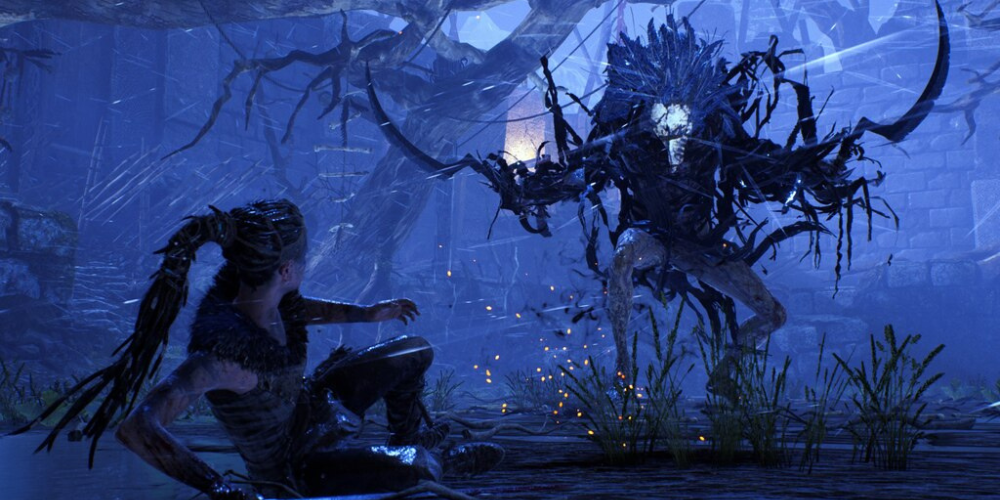
The world of video gaming has undergone significant evolution, with female protagonists playing an increasingly prominent role. These characters are challenging traditional gender norms and providing gamers with diverse, compelling stories. This article explores how female protagonists are breaking stereotypes in video gaming, highlighting their impact and the broader implications for the industry.
The Historical Context
Historically, video games were dominated by male protagonists, with female characters often limited to secondary roles or depicted in stereotypical ways. Early games like "Super Mario Bros." and "The Legend of Zelda" featured princesses who needed rescuing, reinforcing traditional gender roles. This limited representation reflected broader societal norms and expectations of the time.
The Emergence of Iconic Female Characters
The 1990s saw the emergence of iconic female characters who began to challenge these stereotypes. Lara Croft from the "Tomb Raider" series is one of the most notable examples. She was portrayed as a strong, independent adventurer, capable of holding her own in a male-dominated genre. Despite some criticisms of her overly sexualized appearance, Lara Croft paved the way for more nuanced female characters in gaming.
Modern Examples of Strong Female Protagonists

In recent years, the industry has seen a surge in the number of strong female protagonists. Characters like Aloy from "Horizon Zero Dawn," Ellie from "The Last of Us," and Senua from "Hellblade: Senua's Sacrifice" have been praised for their depth and complexity. These characters are not defined by their gender but by their unique personalities, stories, and abilities. They represent a shift towards more realistic and empowering portrayals of women in video games.
The Impact of Diverse Representation
The inclusion of diverse female protagonists has had a significant impact on the gaming community. It has helped to break down gender stereotypes and promote a more inclusive culture. Female gamers, in particular, have found these characters inspiring and relatable. Representation matters, and seeing strong women in leading roles can encourage more women to engage with and create video games.
Challenges in Breaking Stereotypes
Despite progress, there are still challenges in breaking stereotypes. Some female characters are still designed with the "male gaze" in mind, focusing more on physical appearance than personality or skills. Additionally, the gaming industry still faces issues of sexism and harassment, which can deter women from pursuing careers in game development or participating in gaming communities.
Role of Game Developers and Writers
The creation of strong female protagonists depends heavily on the vision and dedication of game developers and writers. Teams that prioritize diversity and inclusion are more likely to produce characters that resonate with a broad audience. Successful games often involve input from women and other underrepresented groups, ensuring that the portrayal of female characters is authentic and respectful.
Benefits of Gender Diversity in Gaming

Gender diversity in gaming brings numerous benefits. It leads to richer, more varied storytelling and helps to attract a wider audience. Games that feature diverse characters can appeal to players from different backgrounds, increasing their commercial success. Moreover, diverse representation can challenge societal norms and contribute to greater gender equality beyond the gaming world.
Future Trends in Female Protagonists
The future looks bright for female protagonists in video gaming. As the industry continues to evolve, there is a growing recognition of the importance of diverse and inclusive storytelling. Upcoming games are likely to feature even more complex and varied female characters, reflecting the changing dynamics of the gaming community. With continued advocacy and support, the trend towards strong female protagonists will likely continue, driving further progress in the industry.
Bottom Line
Female protagonists in video gaming have made significant strides in breaking stereotypes and promoting gender diversity. From the early days of secondary roles to the emergence of iconic characters and modern strong leads, the evolution has been remarkable. These characters have had a profound impact on the gaming community, inspiring players and challenging traditional norms.
While challenges remain, the future holds great promise for even more inclusive and empowering representations of women in video games. By continuing to prioritize diversity and authentic storytelling, the gaming industry can ensure that female protagonists play a central role in its future.